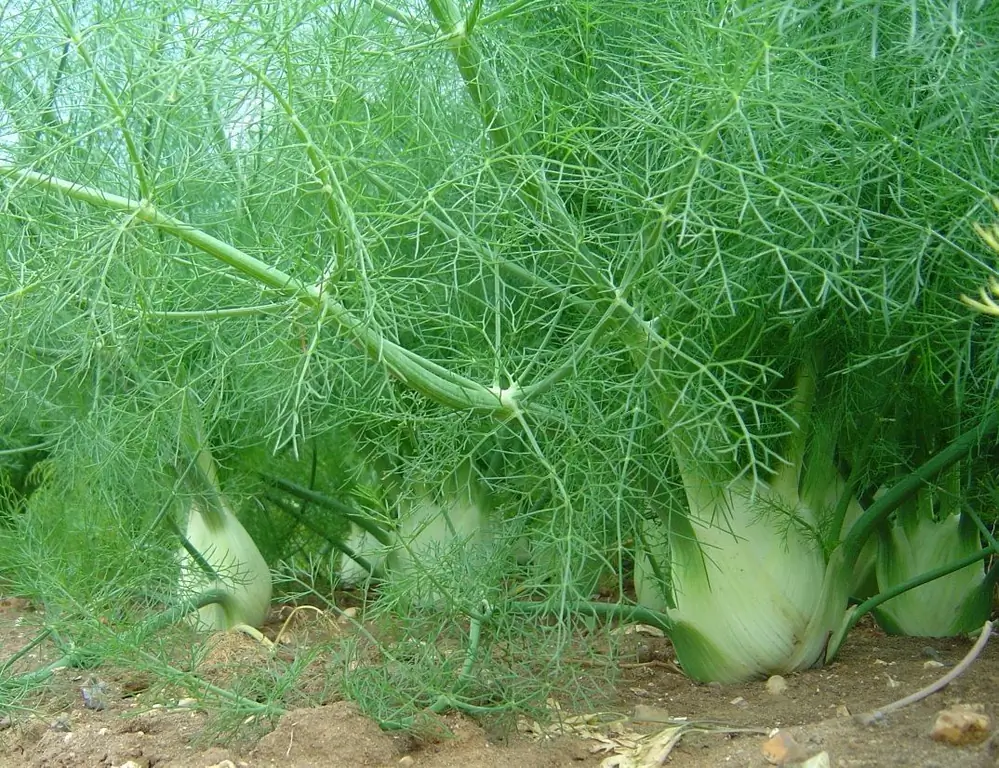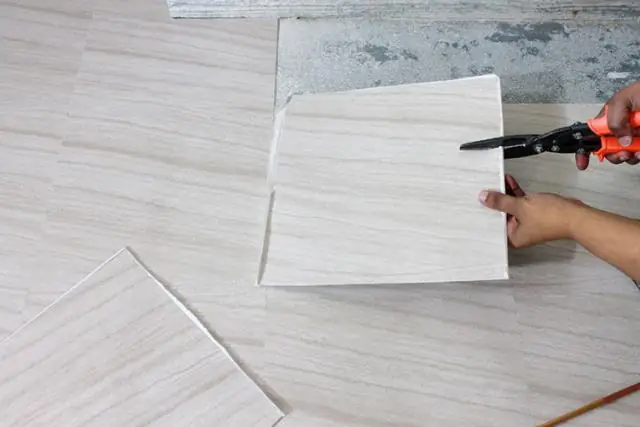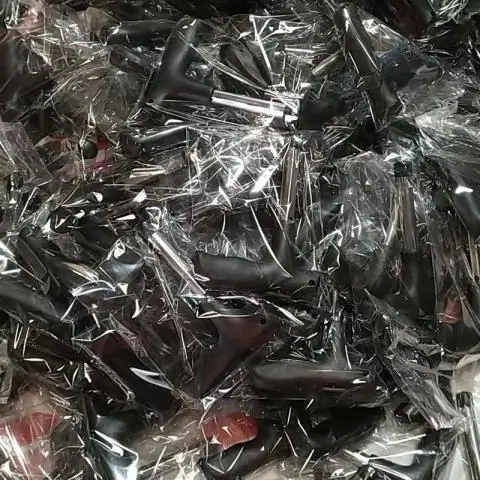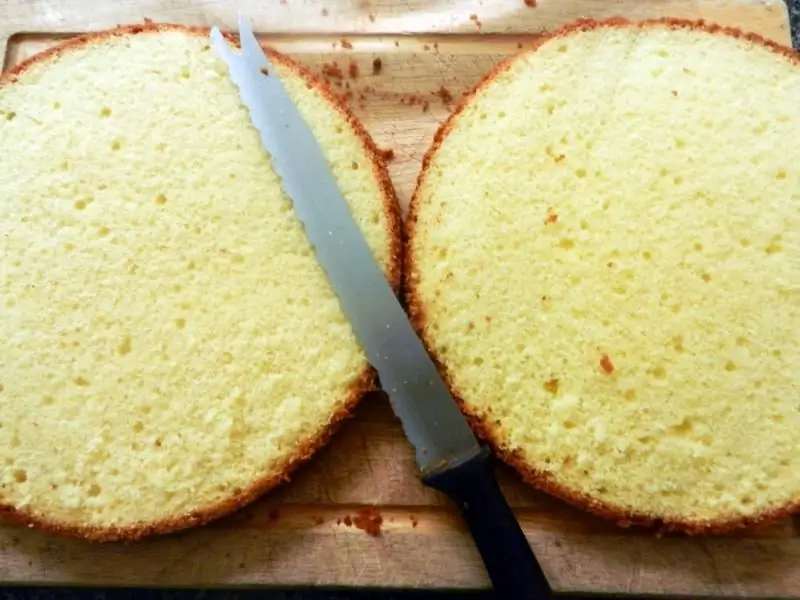
Table of contents:
- Author Bailey Albertson [email protected].
- Public 2023-12-17 12:53.
- Last modified 2025-06-01 07:32.
Gorgeous orchid: the subtleties of transplanting

Orchid is an exotic flower, which in our latitudes requires special care under indoor growing conditions. This is not only proper watering, air humidification and temperature conditions. A transplant is also necessary, and in order for your tropical beauty to please you with growth and lush flowering for a long time, this procedure must be carried out correctly.
Content
-
1 Reasons for transplanting an orchid
1.1 Emergency transfer
-
2 Basic rules
2.1 How to properly plant an orchid from a shoot to a flowering tree
- 3 Detailed instructions
- 4 Video about transplanting an orchid into a new pot
- 5 Caring for the plant after manipulation
Orchid transplant reasons
The need to transplant an orchid at home occurs no more than 1 time in 2-3 years. This is explained by the fact that moving to a new pot is a stressful situation for almost any plant, and even more so for a capricious orchid. Often the flower gets sick after this procedure, the growth of the root system may stop.
If you are transplanting as planned, please note that you do not need to do this in winter. The best time for this procedure is spring: during this period, the orchid begins to grow actively
There are three main reasons for transplantation. This is soil loss:
- air permeability;
- optimal acidity;
- balanced ratio of salts.
The substrate in which the orchid is located gradually decomposes and thickens. If you often water the plant, then waterlogging of the soil leads to rotting of the root system.

The correct transplant will be the key to the health and beauty of your flower.
The orchid also needs replanting when the pot becomes too tight. The root system grows especially actively, over time displacing the substrate, so you need to move the flower into a larger bowl.
Emergency transplant
Sometimes there is a need to urgently transplant an orchid. There may be the following reasons for this:
- the substrate decomposed ahead of time, turning into dust;
- in a pot with a flower, harmful insects that are destructive for orchids - mites, slugs, thrips, millipedes and others;
- the root system of the plant began to rot due to improper watering.

Orchid transplant can be caused by damage to the root system.
If you have just bought a beauty in the store that is in the flowering period, do not rush to transplant. As a rule, the plant has been provided with proper care, it is not susceptible to diseases or parasites, so there is no need to disturb it. Wait for the orchid to completely bloom and transplant into a larger pot if necessary.
Fundamental rules
Before embarking on such a responsible process, prepare carefully. If the transplant procedure will take place after active flowering, you need to carefully cut the peduncle. Thanks to this, the orchid will be able to devote all its strength to recovery.
Prepare your tools first. You will need:
- well sharpened scissors or small pruning shears;
- large transparent plastic pot;
- activated carbon or alcohol-free bactericides;
- new substrate.

Be sure to disinfect the pot and all instruments during transplantation.
A usual planned transplant or even an emergency one is not the only difficulty that lovers of exotic flowers face. To plant an orchid by making several of one flower, you also need to follow certain rules.
How to properly plant an orchid from a shoot to a flowering tree
Professionals identify 3 ways of planting exotic plants, including orchids.
- Reproduction of a flower from a new stem is the most common method. After the plant sheds flower stalks, small new cuttings will appear in the pot. These are the very "babies" that can be transplanted into another pot and soon get a new full-fledged orchid.
- You can plant an orchid using the roots. Use this method if the root system and bulb are overgrown enough. Carefully cut off equal parts of them and plant them in a separate pot. Remember that this method is unacceptable for the phalaenopsis orchid.
- The next method is to cut the lateral shoot immediately after flowering. Place this shoot in moist, warm soil for several weeks and then plant it in a permanent pot.
Now you know the features of planting an orchid, and we will move on to a step-by-step description of the process.
detailed instructions
- Start the transplant process. First of all, the orchid must be carefully removed from the old pot. It is very important not to damage the root system. Remember the plastic pot in your hands: the root system with the substrate will separate and leave the container. As a last resort, if there is any difficulty, cut the pot with scissors.
- Remove the roots from the old substrate. This manipulation is easiest to carry out under running water. This will separate the soil from the roots easily and painlessly.
- Examine the roots of the orchid carefully. If you see harmful insects and parasites there, be sure to get rid of them. To do this, soak the plant for several hours in warm filtered water. Then, for preventive purposes, treat the orchid with special insect repellents.
- Be sure to remove dried or rotten roots. Do this with sharp scissors, treat the sections with a bactericidal preparation or activated carbon. At the same time, do not touch healthy roots, so as not to lead to long-term flower disease.
- Remove the bottom leaves. They are usually yellowed, dry and of no benefit to the plant. Also get rid of soft hollow bulbs. Disinfect the cut sites in the same way as in the case of the roots.
- It is possible to plant a plant in a new substrate only when the root system dries well. You will need at least 8 hours to do this.
- For transplanting, it is important to choose the right pot. It should be a few centimeters larger than the previous one. For your convenience, it is better to choose a clear plastic pot. Disinfect it thoroughly before planting.
- Place a small layer of drainage in the pot. Place the orchid in the middle of the pot, carefully cover with the substrate. Make sure that it is evenly distributed throughout the root system. Drainage is essential for most orchid species, including dendrobium.
- The growth point of the flower must remain on the surface. If your orchid has many aerial roots, do not bury them in the soil. In addition, do not try to tamp the substrate, the roots themselves will fix in it quite well over time. But do not forget that after transplanting the orchid should not dangle freely in the pot.
Video about transplanting an orchid into a new pot
Plant care after manipulation
If you transplanted an orchid that is in a period of active growth, then you can do the first watering right at the time of planting. The flower will not only cope with any amount of water, but also the natural compaction of the substrate will occur.
After transplanting, the orchid needs special care for some time.
- place the plant in shade where direct sunlight is limited;
- the temperature in the room where the orchid is located should be no higher than 20-22 degrees;
- the most suitable place for a transplanted orchid is east-facing windows;
- the first watering is recommended after 4-5 days;
- irrigate the foliage of the flower with warm, clean water.
A month after the transplant, you can start feeding the orchid with fertilizers.

Position transplanted orchids out of direct sunlight
Never expose orchids after transplanting to bright sun or an overheated windowsill. The temperature inside the pot is usually a couple of degrees higher than outside, and with additional heating, the substrate actively evaporates moisture, leading to hypothermia of the root system.
We hope these tips will help you to transplant this beautiful flower correctly. If you have experience with transplant, share with us in the comments. If you adhere to the rules in the process, then soon these magnificent flowers will delight you with their beauty. Good luck to you!
Recommended:
Growing Fennel From Seeds (including Vegetable Seeds) At Home And In The Garden + Photo And Video

Practical tips for growing fennel from seed. Fennel species, varieties suitable for growing in the middle lane
How To Clean A Sturgeon Correctly And Cut It At Home + Video

Features of processing sturgeon carcasses: whether it is necessary to clean and how to cut it properly, fresh or frozen. Simple step-by-step instructions with photos and videos
Rice Vinegar: What Can Be Substituted At Home For Sushi, Rolls And More; Apple, Regular And Other Options + Photo And Video

Features of rice vinegar. How to cook it yourself at home. What vinegars and acids can you replace it with? Proportions for different dishes
How To Open A Coconut At Home, Cut And Peel It, How To Store This Fruit Correctly + Video

Simple ways to open a nut and extract the pulp. Instructions with photos and videos. Storing the pulp of the coconut and applying the shell. Why is coconut and its juice useful?
How To Cut A Biscuit Into Cakes Evenly And Correctly With Thread And In Other Ways + Video And Photo

How to cut a tall biscuit into pieces. Proven tips for getting perfectly flat cakes with thread, string, knife and special tools
